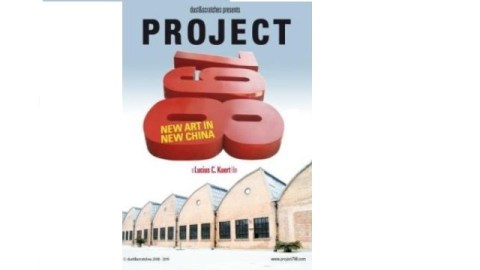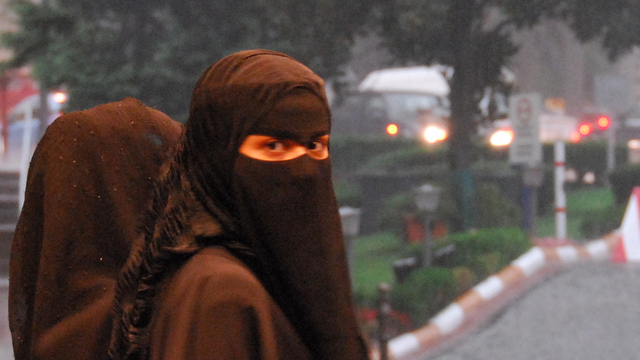Blunting the Cutting Edge: Project 789 and the New Art in New China

When Huang Rui first set up the 798 Space Gallery in 2002, shortly after returning to China after years of exile for his anti-Communist regime art, he knew he could be getting himself into more trouble. In a new documentary, Project 798—New Art In New China: A Documentary by Lucius C. Kuert Rui and others look back at those troubled days as a golden time for Chinese art and the 798 area, which the Chinese government has co-opted as an arm of their tourism campaign, thus blunting the cutting edge art that once sliced open its thin façade to reveal the darkness within. Project 798 bravely shows us the consequences of art selling out to the powers that be as well as the continuing battle of Chinese contemporary art to hold onto a sense of social consciousness despite the powerful forces aligned against it.
Before the artists moved in, the 798 district was a dead zone of obsolete factories scheduled for government demolition. The artists breathed new life into the section, putting into the open art that had previously only been seen in apartments or secret galleries. The Chinese government cracked down on what it found controversial, but the artists persevered despite the pressure. Eventually, the government decided to join what it couldn’t fight, at least in the sense of officially sanctioning the section. Today, the 798 area still features art galleries, but high-end fashion shops, chic cafes, and trendy restaurants have driven rents up and many of the original artists out. Kuert cleverly intersperses shots of the gentrified 798 of today with interviews with contemporary Chinese artists who remember the good old days of 798 and hope that the critical art if not the area can rise again.
The resounding chorus that the artists sing over and over is that 798 has become too commercial. The artists who work there enjoy government sanction by avoiding taboo topics such as Tiananmen Square, Tibet, or Mao Zedong and his Cultural Revolution. The art shorn of those topics finds comfortable places in the “new” China trying to make itself attractive to the tourist trade. Kuert interviews the contemporary artists that decry such selling out and continue, in different ways, to challenge the Chinese regime.
Li Songsong, who takes historical photos and applies his own unique painting technique, feels that Chinese arts have given up the idea of leading a revolution by the people through art. Liu Xiaodong, perhaps the most influential contemporary Chinese artist and one who works through personal rather than public imagery, doesn’t feel that artists have abandoned the idea of social consciousness, but instead have approached it, as he does, through private, individual feelings rather than social issues. While you look at the art of these contemporary artists, you hear and see this debate play out for the soul of the future of Chinese art.
Kuert provides a portrait of contemporary Chinese art that covers not only painting and sculpture, but also performance art. He Yungchang, a performance artist who once encased his entire body in concrete for a day, comes across as a more committed Chris Burden, perhaps in his desire to enact the suffering on a personal scale that he feels the Chinese government has enacted on the people for decades. On a lighter note, Feng Zhengjie paints portraits of Chinese women influenced by international fashion in the red and green colors of traditional Chinese design. The clash of these concepts plays out in the off kilter eyes of the women, which symbolize the disorientation of all Chinese caught in the middle of their country’s international modernization on one hand and the lingering effects of the repressive regime that allows almost every foreign import but democracy. These artists and many more (including two women artists) pass through Project 798 with tantalizing glimpses of their fascinating work.
Already a winner of a Golden Ace from the 2010 Las Vegas Film Festival and Best International Documentary (short) at the New York Independent Film & Video Festival in Los Angeles, Project 798 triumphs in allowing the artists and their art to speak loudly and clearly as to the state of affairs in present-day China. Project 798 serves as a cautionary tale for artists who allow the power structure to dictate the direction of their art as well as a hopeful story of artists who refuse to bow down before oppression and continue to make art to make a better world.
[Many thanks to Microcinema for providing me with a review copy of Project 798—New Art In New China: A Documentary by Lucius C. Kuert.]





